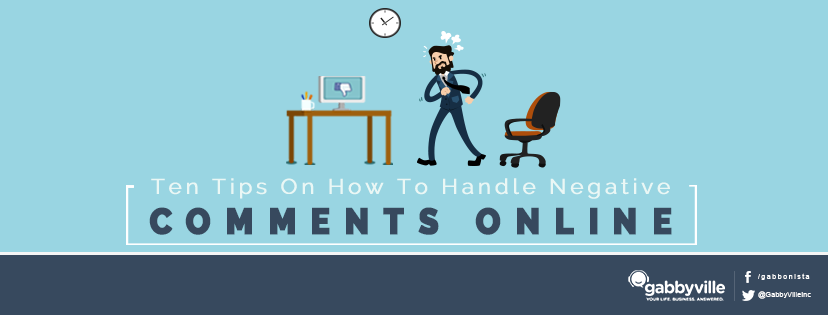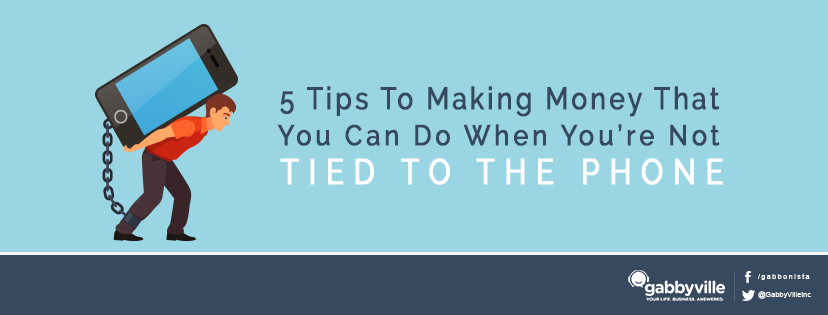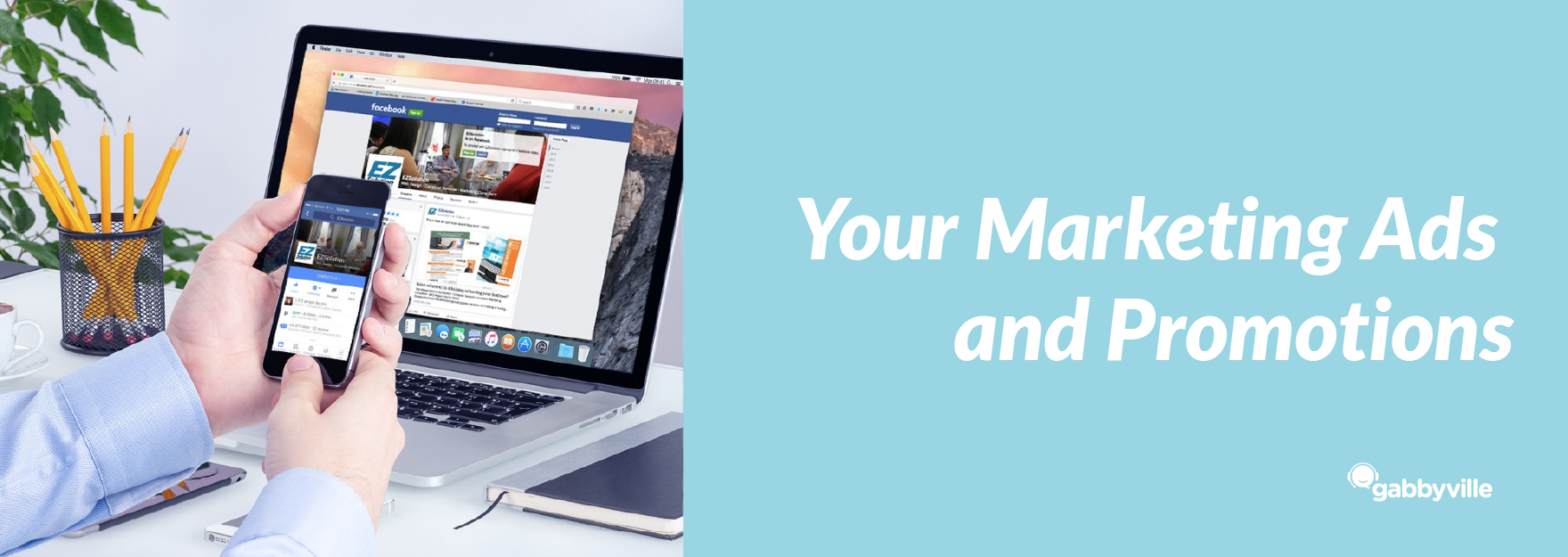By now, you as an entrepreneur know just how important phone calls are to your business. Curious callers dial your number to inquire about your services, and you’d cheerfully entertain their questions, and encourage them to try your company out.
This is exactly how curious callers become faithful patrons.
But you as an entrepreneur, know too that you can’t just sit on the desk to answer or make phone calls. You have to go out and meet people, deal with your employees’ concerns, hire the right staff, set short- and long-term goals — basically, duties that will help expand your business.
So while you delegate call screening, phone answering, outbound calling, and accurate message taking to the right people i.e. great and affordable virtual receptionists, you’ll have some time to make use of productively and profitably. It’s a win-win situation.
Here are five tips to making money that you can do when you’re not tied to the phone:
1. Explore your business’ online and offline marketing strategies
When was the last time you checked your brochures? Do your calling cards need a facelift? Are the information and services there up to date? Do you give free stuff away to promote your brand? Have you redesigned your website in the last 5 years? Is it mobile-friendly? Do you have a Facebook page? Do you participate in trade fairs or expos?
It’s a great idea to make sure that your online and offline marketing strategies are not only updated but are on point, cohesive and well connected. For an example, if you are going to have a booth at a trade show, come up with a marketing plan that would:
Use your social media channels to tell your people that you’ll be at the trade show, and give them a heads up if you’re giving away free stuff there.
Blog about the event, and invite industry bloggers to be part of the event as well.
Give a special incentive to your social media followers if they stop by the event.
Set up a fun activity that would encourage your event attendees to share their experiences on social media, preferably with a fun hashtag, too.
These will all work together to connect you to a larger audience and will lead to a bigger profit.
2. Attend seminars, symposia, and conferences
Attending seminars and conferences will give you access to helpful knowledge that will help better your business in key aspects, such as sales development, getting the most out of technology for your company, and best practices, to name a few. This will lead to productivity and profitability when properly applied.
And if garnering skills and know-how aren’t enough, you’ll also get the chance to meet and build relationships with insightful and experienced speakers and industry leaders. Plus, such events are teeming with entrepreneurs like yourself — which means you’ll get to expand your network and maybe even spark up mutually beneficial partnerships. This is a great place to put your new calling cards to good use.
Waiting a few weeks before the next interesting seminar? Consider watching a few interesting Ted talks about businesses to make for a more productive (and fruitful) wait.
3. Focus on your team
With a few extra hours of solace in the office, you’ll get the chance to focus on the valuable assets that are your employees. Studies (and experience) show that happy employees are more productive, hence, it’s important to keep everyone on your team joyfully contented.
Do you delegate responsibilities to capable employees? Are there opportunities for growth in the company? Are employees’ skills matched well to the tasks they’re assigned to? Are hours spent in the office properly optimized? Do you have regular programs that aim to boost employee morale? Do you regularly give incentives or a sincere pat on the back for a job well done? Assess these key points and see where you can make reasonable adjustments.
When employees are happy, there is a reduced absence and staff turnover rate, so keep them smiling!
4. Don’t Forget About Yourself
During the time you’re making sure that you’re keeping others happy, add one important person to the list — yourself! Only 20% of adults in the U.S. are meeting the government’s physical activity recommendations, which is at least 2 ½ hours of moderate-intensity aerobic activity, or 1 hour and 15 minutes of high-intensity aerobic activity.
Make sure that you’re part of the healthy statistic. After all, a fit, energetic entrepreneur makes sound business decisions.
When was the last time you exercised? Being in top physical health will give you a daily boost of energy and laser-like focus that will help you constantly make creative, intelligent judgments. Do you have a routine? Successful people adhere to strict daily routines that keep them productive and at the top of their industries. Waking up early (say, around 5 or 6 a.m. every day) will help enhance your willpower and of course, keeping hydrated will keep you energized. Keep healthy snacks such as nuts and fruits at arms’ length and take breaks to stand up and stretch.
Make keeping active a priority, and you and your business will reap the benefits.
5. Check your systems, processes
While a phone is not cradled between your shoulder and chin, you’ll have time to check how your operations work, and if the systems and processes involved can be tweaked or improved. Efficient processes not only save time and money but also help boost profits in the long run.
Are all the steps in the current system absolutely necessary or is there a faster, more logical way of getting things done? Are you going over budget? Do your employees tend to over-service? Is there a better way of delivering your products? Is there a way to make your process more customized or buyer-centric? How long does the process usually take?
Sit down and observe how your current systems and processes are, identify pain points and list down possible solutions for each one. Implement, observe, and measure outcomes.
So make the most out of your hours away from the phone and apply these 5 action items. Silence is truly golden when it’s used for your business’s profit.















